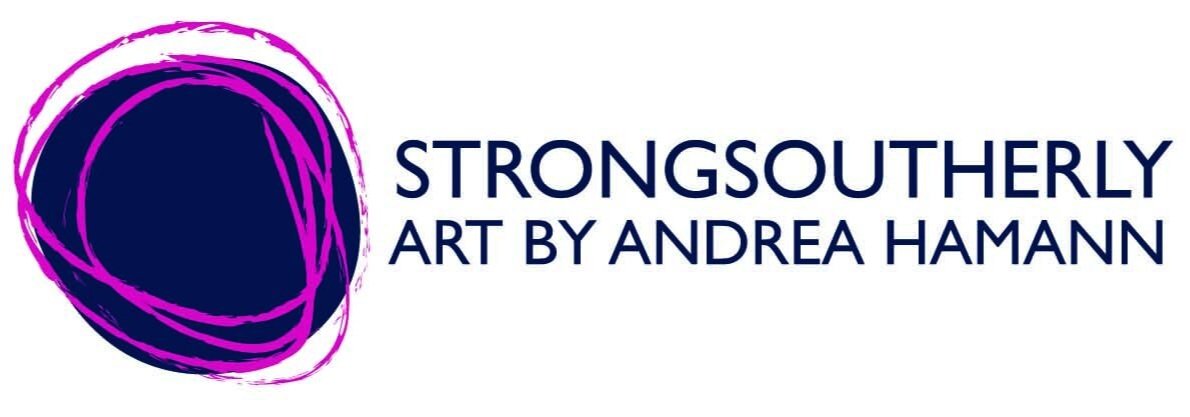Mark making and meaning: why I paint Tahitian Convicts in the jungle
New tahitian covict painting in progress
It has been a while since I have written a ‘’written’’ blog post. For quite a while now it has been about sharing my explorations in paint with you, or of sharing photographs of the landscape I live in…lots of pictures and not too many words!
As some of you may know, I am currently studying a Bachelor degree in Fine Art and Visual Culture. This is my third degree, and the one that I have wanted to do for a really long time – and which I hope will lead me down a different path. When I leave this island I would like to work in a gallery, curating and working with artists. Part of the reason for this is that I am interested in how mark making – painting, drawing, etching, whatever it may be is about exploring more than just colour and texture and form. While these are legitimate explorations, I am interested in how mark making can be an exploration in meaning and in how artists use mark making to do this.
One of the reasons my art has taken the direction it has since I came to Norfolk Island, full of characters hiding in the jungle and of colour, is that I have been turning over and over in my head ideas about culture. Specifically the culture of place, and even more specifically of some of the places I have lived in. My recent paintings, which are so completely different for me, are more intertwined and connected with my history, and my present, and of bigger issues in the broader world than anything I have done before. They are not just explorations in mark making. Where I have previously focussed on landscapes, on colour, on form or texture these days as I paint I am actually thinking about real issues, about colonisation, the global movement and histories of people.
My Tahitian Convicts in the jungle bring together narratives in my head that I started thinking about when I moved to Norfolk Island. Ideas, and narratives about the Tahitian Wives of the Pitcairn Islanders, of Colonial histories, of tribal cultures and of the landscapes of the tropics.
These ‘’Tahitian Convict’’ characters are not about one specific idea of any of these people, cultures, landscapes or history, but my own way of finding a convergence of all of them. Indeed, the paintings are all representative to some degree, of the impact of colonisation. It is not a judgement of whether colonisation is good or bad. But more of a recognition of the impact and influence of colonisation on indigenous peoples. These paintings are an imagined narrative of an imagined indigenous people, hiding in the forest. They wear their own version of the costumes of colonial men and women, and of the tribal markings and decoration of their indigenous kin. They also have connection with the landscape, as they disappear into it.
I have been reading part of Edward Said’s text on Orientalism this week, part of a subject on ‘’living culture’’ that I am studying. As I read it I realise that my interest in my current painting subject is not just about where I am living now. Rather it is a continuation of my obsession with the places I have lived or visited, which coincidently have all been affected by colonisation. There is a reason I collected carpets in the Middle East. There is a reason that colonial architecture interests me. I have lived in Papua New Guinea, Australia, Oman and the United Arab Emirates, and now Norfolk Island, I have travelled to Africa, and to India, and I feel a connection with all of these places. I realise that there is a common thread in this interest, and that is each of these places have been impacted by the long reach of the British Empire but also by Portugese, or Spanish, or Dutch. As you look at the cultures, the architectures of these places, even the systems of government, they have all been influenced by colonisation. The residue is everywhere.
It’s no wonder I feel like there is endless inspiration with this subject, my paintings are just the beginnings of me starting to process all of it. Process why I am interested, and what I understand of it all. I can see that there are plenty of research paths I could follow, and plenty of ideas to influence my paintings. … stand by for more paintings to come.
A larger 80x100cm painting in progress...the largest of this subject so far.


